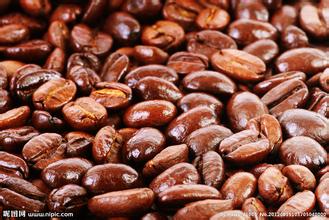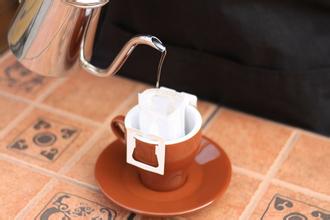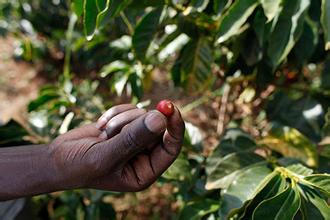Description of flavor of Arabian ground coffee powder A brief introduction to the steps of hand punching
Description of flavor of Arabian ground coffee powder A brief introduction to the steps of hand punching
The coffee beans are deeply roasted and ground into a very fine powder. Turkish coffee requires the finest of all kinds of bubble methods, requiring very fine grinding, and the intuitive standard is to be finer than flour. Then mix the spices such as cloves, cardamom and cinnamon. Then put 100ml of cold water in the Turkish coffee pot. Then add about 10 grams of coffee powder. 100ml water + 10g powder is the golden ratio of a cup of coffee.
After the raw material is added, it should be heated and stirred constantly. Stir gently and slowly to avoid dispersing the powder layer of the liquid surface (to avoid breaking slag), so as to avoid excessive extraction. Just before boiling, there was a layer of golden foam on the surface. The foam gradually increased and surged up quickly. Immediately, the pot was removed from the fire. After several times of boiling, the coffee became thicker and thicker, but not until the water was boiled in half. When the coffee grounds precipitate to the bottom, pour out the clarified coffee liquid on the top layer. Sometimes lemon or honey can be added. Such a delicious cup of Turkish coffee will be ready.
This combination of Espresso and filter coffee pot features a wonderful design of a double-layer pot. It can force boiled water into the lower pot, through a pipe, and then into fine ground coffee. When the time is up, hold your hand up to satisfy your craving for coffee and produce enough "Espresso" coffee.
Espresso is made through a special semi-automatic coffee machine, if the color of the coffee is light brown, it is perfect, this liquid is the "essence of coffee", it only exists on the surface of the bottom black coffee. "Coffee essence" will disappear within minutes after the coffee is brewed, and that is, the remaining few minutes, it will tell you the quality of all Espresso coffee. If it is too light, or too strong or not strong enough, it means that the quality of such Espresso is inferior.

Important Notice :
前街咖啡 FrontStreet Coffee has moved to new addredd:
FrontStreet Coffee Address: 315,Donghua East Road,GuangZhou
Tel:020 38364473
- Prev

How many milliliters of Italian coffee can be extracted automatically?
Automatic extraction of espresso how many milliliters [extraction time] the extraction time of the Espresso golden rule is between 22 and 28 seconds, but the extraction time is actually a comprehensive performance of filling pressure, powder quantity and grinding degree, which needs to be adjusted by the barista's understanding of Espresso. [extraction amount] few people will change the amount of Espresso extraction of 30ml per part and 60ml with double part.
- Next

How to fold the coffee filter paper by hand? do you need to cut it?
How to fold the hand-brewed coffee filter paper? do you need to cut the filter paper? the filter paper is of poor quality in the early stage, but it is easy to be damaged when it is wet, and even the models of many filter paper brands can not fit the filter cup, resulting in a gap between the filter paper and the filter cup. the uncontrollable error of extraction caused by coffee liquid filtration. But now the quality of the filter paper is so good that it can be completely wet or even not damaged for a long time, but
Related
- Beginners will see the "Coffee pull flower" guide!
- What is the difference between ice blog purified milk and ordinary milk coffee?
- Why is the Philippines the largest producer of crops in Liberia?
- For coffee extraction, should the fine powder be retained?
- How does extracted espresso fill pressed powder? How much strength does it take to press the powder?
- How to make jasmine cold extract coffee? Is the jasmine + latte good?
- Will this little toy really make the coffee taste better? How does Lily Drip affect coffee extraction?
- Will the action of slapping the filter cup also affect coffee extraction?
- What's the difference between powder-to-water ratio and powder-to-liquid ratio?
- What is the Ethiopian local species? What does it have to do with Heirloom native species?

